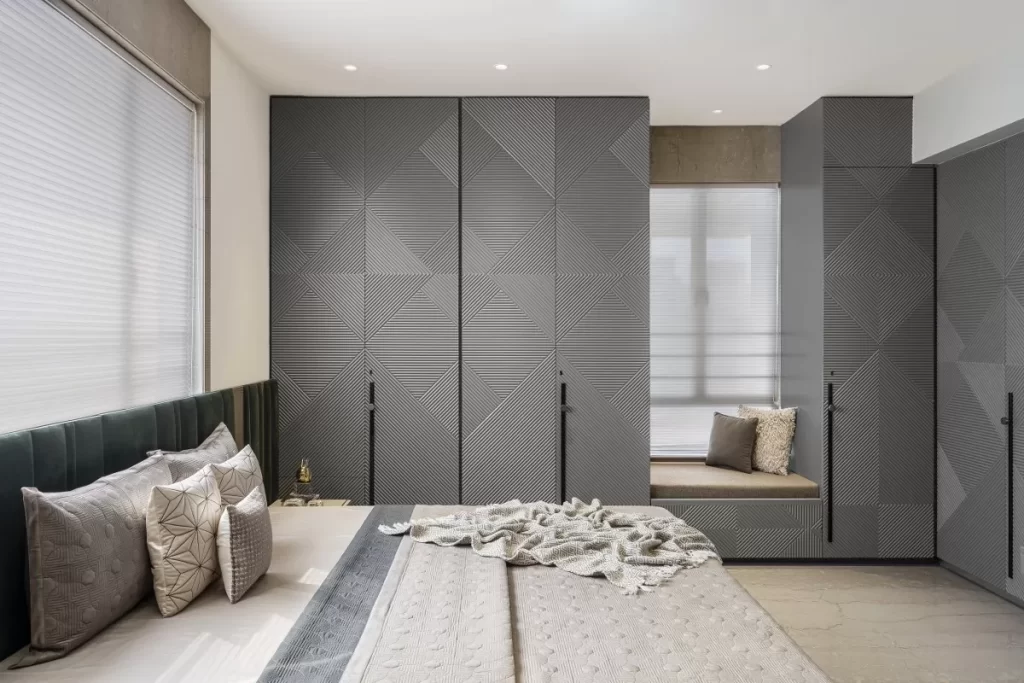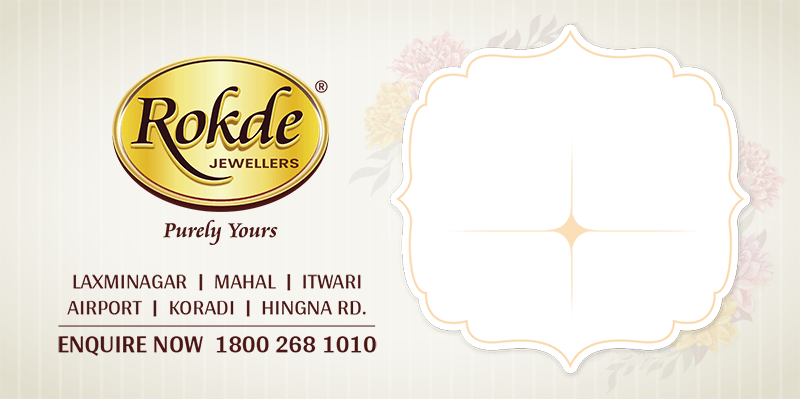When it comes to cost-effective and versatile materials for design and construction, MDF (Medium Density Fiberboard) sheets often find their way to the top of the list. These engineered wood products are celebrated for their adaptability, smooth surface, and consistent strength, making them a go-to choice for various applications in residential, commercial, and creative projects.
This blog explores how mdf sheets can be a key material in maximizing your design potential by offering a balance of functionality and aesthetic appeal.
Why MDF Sheets Stand Out
MDF sheets are created by breaking down hardwood or softwood residuals into wood fibers, combining them with wax and resin, and applying high temperature and pressure. The result? A robust, uniform product perfectly suited to meet modern design needs.
One of the standout features of MDF is its versatility. Unlike natural wood, MDF has no knots or grain patterns, providing a superior smooth surface for painting, veneering, or laminating. Its engineered composition ensures consistent quality, minimizing the risks of warping and splitting that are common with solid wood.
Beyond these physical properties, the adaptability of MDF sheets offers a wide range of benefits, translating to potential savings on time, labor, and costs for professionals and DIY enthusiasts alike.
Unleashing Creativity with MDF in Design
MDF is more than just a material—it’s a designer’s best friend. Here’s how this innovative product helps maximize design possibilities in different fields:
Interior Design
MDF sheets are universally loved in interior design for their clean and polished aesthetic. Their smooth finish allows for intricate detailing, making them ideal for creating bespoke furniture, decorative wall panels, and moldings. Designers frequently choose MDF for projects including cabinetry, window frames, or built-in shelving, where a custom fit and flawless finish are necessary.
Thanks to its affordability, MDF enables homeowners and designers to experiment with unique designs that might otherwise be cost-prohibitive when using expensive natural wood products. Whether it’s for renovating a sleek kitchen or crafting custom wardrobes, MDF is an affordable way to create luxury-like designs without compromising quality.
Retail Spaces and Displays
Retail environments thrive on captivating displays and functional setups, and MDF excels in serving both purposes. Its durability and flexibility make it a popular choice for creating fixtures like shelving, storage units, and decorative panels. MDF can be cut and shaped to suit the branding needs of retail spaces while ensuring long-term functionality.
Because MDF can be easily laminated or veneered, these sheets can emulate a variety of textures and surfaces—from high-gloss finishes to wood-like grains—allowing retail businesses to create a cohesive, on-brand aesthetic without overshooting the budget.
Art and Creativity
Artists and craftspeople widely regard MDF sheets as a canvas for creative expression. From intricate cutting designs to large-scale installations, MDF’s consistency ensures that even the most delicate patterns can be brought to life. It can also be painted and textured easily, making it a favorite for custom signs, sculptures, and art installations.
For businesses in the creative industry, MDF sheets also help provide consistent results across multiple batches, ensuring that design standards are met from one project to the next.
The Functional Benefits of MDF Sheets
While MDF is celebrated for its design adaptability, it’s also equally applauded for functionality and practicality. It is engineered to perform well under specific circumstances, giving builders and artisans numerous advantages over other materials.
Durability Meets Consistency
MDF sheets are stronger and denser than many plywood products, making them suitable for high-traffic areas or applications that demand resilience. The homogeneous structure of MDF ensures predictable performance, whether it is being cut, drilled, or mounted. Users can rely on the material’s stability for both structural and decorative purposes.
Unlike traditional wood, which can feature weak spots due to knots or irregular grains, MDF provides an even and predictable structure. This attribute is particularly valuable when consistency is critical, especially on extensive projects such as custom millwork.
Customization Options
The real magic of MDF lies in its endless customization opportunities. It can be easily machined without splintering, making it perfect for detailed projects that require precision cutting or intricate carvings. MDF also works with a wide variety of finishes, whether you choose to paint, stain, laminate, or veneer it.
Additionally, due to its adaptability, MDF sheets are manufactured in numerous thicknesses, sizes, and finishes, giving designers and builders creative liberties. They’re also easy to join and fasten, so elaborative designs with a layered or textured appearance are much easier to achieve.
More Cost-Effective Than Solid Wood
One undeniable benefit of MDF is its affordability compared to solid wood. While still offering reliable performance and aesthetics highly comparable to natural timber, MDF sheets allow projects to stay within budget without sacrificing visual appeal or functionality.
This affordability makes MDF especially appealing for projects requiring a large volume of material, such as commercial renovations or custom cabinetry for entire homes.
Eco-Friendly Advantages of MDF Sheets
The environmental advantages of MDF sheets cannot be overlooked. These engineered sheets are often made from recycled wood fibers, making them more sustainable than cutting down fresh lumber. Using MDF allows designers and builders to reduce waste and improve eco-consciousness without compromising performance.
Additionally, manufacturers typically employ advanced technologies to minimize formaldehyde emissions during production, ensuring that MDF meets strict safety and environmental standards.
For individuals and businesses seeking greener solutions, MDF provides an environmentally responsible material option for any project.
How to Maximize MDF Sheets in Your Next Project
To truly leverage the potential of MDF sheets, it’s essential to understand their capabilities and best practices.
- Choose the Right Type: MDF comes in various grades for specific uses, such as moisture-resistant or fire-retardant MDF. Selecting the suitable grade ensures optimal performance and durability.
- Prime Before Painting: MDF is porous, so always apply a primer before painting to achieve a smooth and long-lasting finish.
- Use Specialized Tools: Always use carbide-tipped tools when working with MDF to prevent wear and maintain precision during cutting and drilling.
- Finish with Care: Seal the edges with sandpaper and filler for a professional-looking outcome. This is especially important for clean, visible finishes.
These steps ensure that your projects maintain their quality and durability over time while showcasing the material’s aesthetic potential.

















